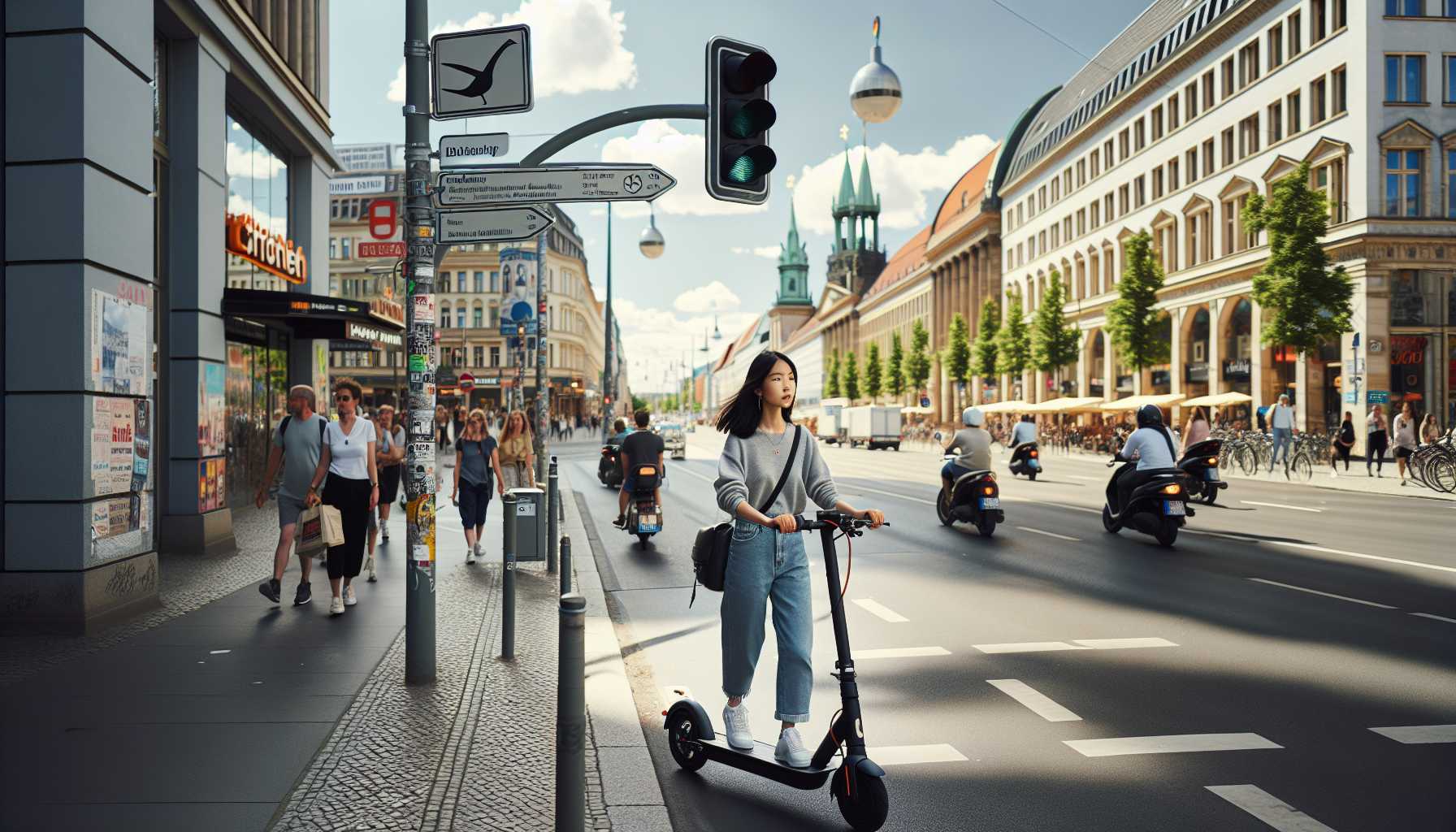Electric Scooters vs. Bicycles in German Urban Areas: Market Share Showdown
The rise of micromobility solutions like electric scooters and bicycles has transformed urban transportation in Germany. But which mode reigns supreme? Let’s delve into the market share battle between these two eco-friendly options.
Electric Scooters: A Rapidly Growing Force
Electric scooters have surged in popularity in recent years, capturing a significant portion of the urban transportation market. According to Statista, the market share of e-scooters in German cities reached 6.4% in 2022, compared to just 1.8% in 2020. This rapid growth is attributed to their convenience, affordability, and fun factor.
Bicycles: The Established Leader
Despite the e-scooter boom, bicycles remain the dominant player in urban mobility. In 2022, bicycles held a commanding 72.4% market share in German cities, according to Statista. This dominance is rooted in their versatility, affordability, and established infrastructure.
A Tale of Two Cities: Berlin vs. Munich
The market share landscape varies across different German cities. In Berlin, a city known for its embrace of new technologies, e-scooters have carved out a larger share, reaching 10.7% in 2022. In contrast, Munich, a more traditional city, has a lower e-scooter market share of 4.5%.
The Future of Urban Mobility
The future of urban transportation in Germany is likely to see a continued rise in both e-scooters and bicycles. E-scooters are expected to continue their growth trajectory, driven by technological advancements and increasing user adoption. Bicycles, on the other hand, will likely maintain their dominance due to their established infrastructure and versatility.
Conclusion
The market share battle between electric scooters and bicycles in German urban areas is a dynamic one. While e-scooters are rapidly gaining ground, bicycles remain the established leader. The future will likely see a coexistence of these two eco-friendly modes of transportation, offering urban dwellers a diverse range of options to navigate their cities.

